Written by David Strege
Hello Galorians! Being my first review I believe I have to begin with a classic silent German expressionism film penned by Screen Writer Henrik Galeen, whom also Scripted “The Golem” 1920.
To be honest the origins of the story belong credited to an irish traveling writer, Emily Gerard, who penned; The Land Beyond The Forest: Facts and Fancies from Transylvania in 1890, also Transylvania Superstitions in 1885. It seems she mistakenly translated Nosferatu into “the undead one”, when in fact among many wide-spread scholars theterm comes from Nosophoros from Greek Mythology “bringer of disease, orcarrier of the plague”.
Now that we know this, we nowknow where novelist Bram Stoker
got his term Nosferatu for his vampire Count Dracula written 1897 published in 1908.
Founded in 1921 by Enrico Diekman and Albin Grau, Prana Film, named for the Budist concept of prana,put Henrik Galeento scripting the film adaptation Nosferatu With director Freidrich Wilhelm Murnau.
Murnau openly gay at the time as I did not know this before my research into his life was in the dark like Galeen about the fact the film was unauthorized due to a copyright issue. After Galeen realized this he left the project, Murnau had to rewrite twelve pages due to missing ink in the last scene, which i found interesting as well.
One thing I found interesting was said of producer Albin Grau’s father. In the winter of 1916, while serving in the German Army in World War 1, a serbian farmer referred to his father as being a “vampire of the undead” hmmm already creepy! Also Grau’s inspiration into producing Nosferatu
Instead of arriving in the form of a wolf and running around as a bloodsucker terrorizing the city in Stokers’ Dracula, count Graf Orlock played by actor Max Schreck, he arrived in the form of the plague with rats and people with bite marks like a.vampire. Instead of Van, Helsing, Arthur and Quincy along with three vampire brides it was Orloff, Hutter, ellen, Harding, Professsor Sievers, Knock, Professor Bulwer, Ruth, even Max Schrecks’ wife Fanny Schreck goes uncredited as a nurse. This was how Galeen changed things less for artistic reasons as pragmatic reasons.
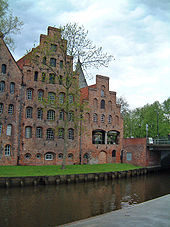
- Saltzspeicher otherwise known as old abandoned Salt warehouses
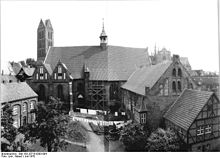
- Hutter’s departure from Wisborg was filmed in Heiligen-Geist-Kirche’s yard in Wismar; this photograph is from 1970.

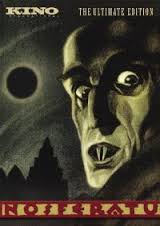
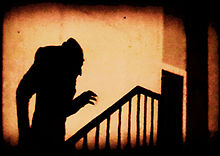
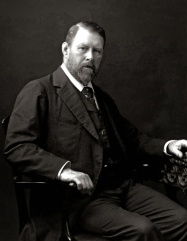
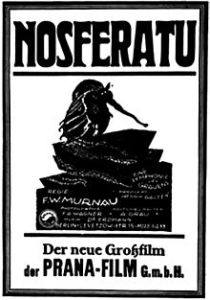

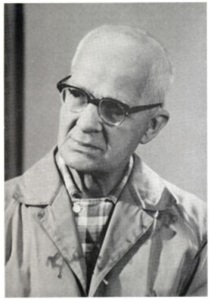
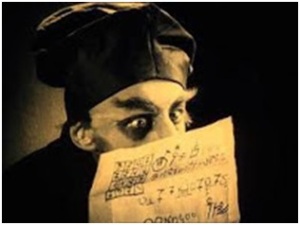
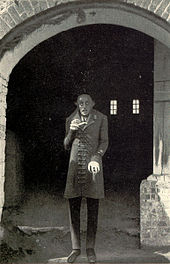
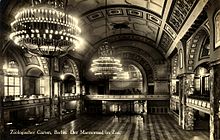 .
.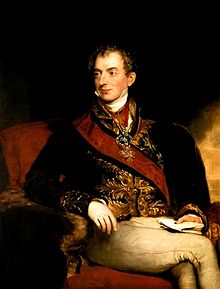
[…] Also interesting is that it was used as a residence of Dracula in the movie Nosferatu with a few more information in this website: https://vampirelestat6969.wordpress.com/2015/09/07/nosferatu-1922/ […]
LikeLiked by 1 person
[…] Also interesting is that it was used as a residence of Dracula in the movie Nosferatu with a few more information in this website: https://vampirelestat6969.wordpress.com/2015/09/07/nosferatu-1922/ […]
LikeLiked by 1 person
[…] Also interesting is that it was used as a residence of Dracula in the movie Nosferatu with a few more information in this website: https://vampirelestat6969.wordpress.com/2015/09/07/nosferatu-1922/ […]
LikeLiked by 1 person
[…] Also interesting is that it was used as a residence of Dracula in the movie Nosferatu with a few more information in this website: https://vampirelestat6969.wordpress.com/2015/09/07/nosferatu-1922/ […]
LikeLike